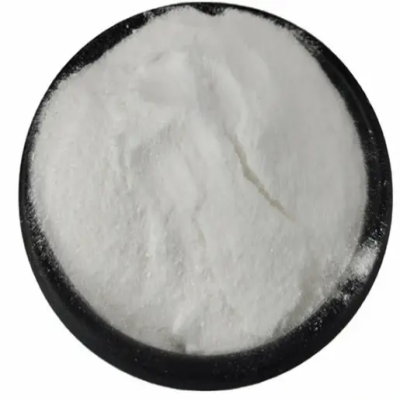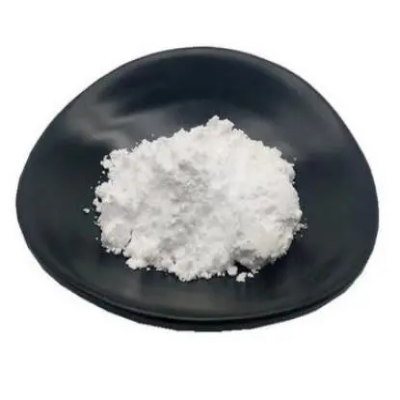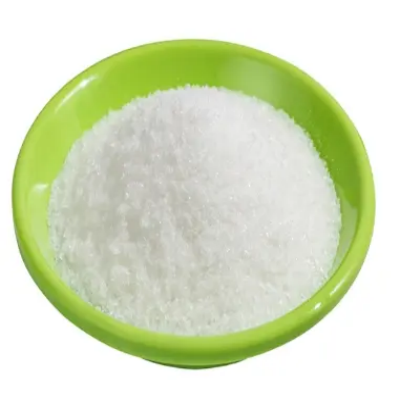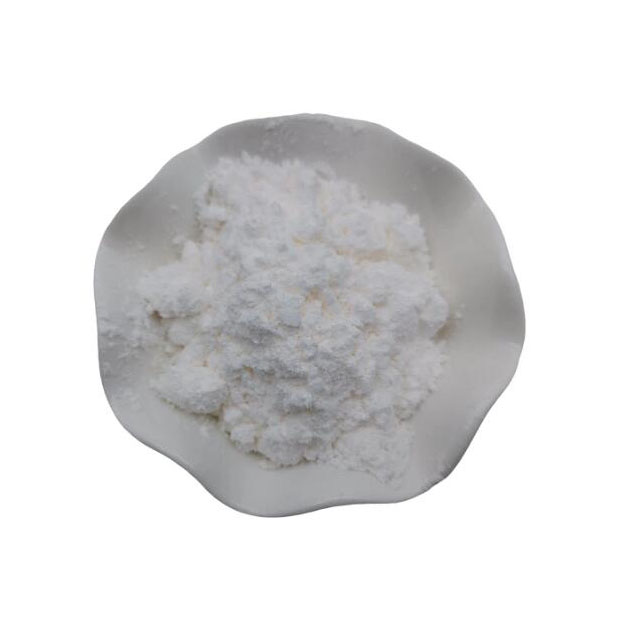5-Chloromethyl-2H-1,2,4-triazolin-3-one CAS:252742-72-6
The molecular structure of 5-Chloromethyl-2H-1,2,4-triazolin-3-one consists of a triazolinone ring substituted with a chloromethyl group at the 5-position. This specific arrangement imparts essential physicochemical properties crucial for its applications, including solubility, stability, and reactivity. The presence of the chloromethyl group enhances the compound's versatility in synthetic transformations and interactions with biological targets, influencing its pharmacological efficacy. Synthesis and Applications Synthesis of 5-Chloromethyl-2H-1,2,4-triazolin-3-one typically involves multi-step organic chemistry processes starting from commercially available starting materials. Key synthetic steps may include cyclization reactions of appropriate precursors followed by chloromethylation to introduce the desired functional group onto the triazolinone ring. The synthesized compound finds applications in medicinal chemistry as a scaffold for developing potential drug candidates and in agrochemical research for designing novel pesticides and herbicides. Pharmaceutical and Agrochemical Relevance In medicinal chemistry, derivatives of 5-Chloromethyl-2H-1,2,4-triazolin-3-one exhibit promising pharmacological activities, including antimicrobial and antitumor properties. The compound's molecular architecture allows for specific interactions with biological targets, making it valuable for the synthesis of new therapeutic agents. Similarly, in agrochemical applications, it demonstrates efficacy in pest management by targeting specific enzymatic pathways in pests, contributing to crop protection and agricultural productivity. Therapeutic and Agricultural Potential The diverse pharmacological and agrochemical profile of derivatives of 5-Chloromethyl-2H-1,2,4-triazolin-3-one positions them as promising candidates for treating infectious diseases and enhancing agricultural yields. The compound's ability to modulate specific molecular pathways underscores its therapeutic and agricultural potential, driving ongoing research efforts to optimize its biological activity and application in targeted therapies and crop protection strategies. Conclusion In conclusion, 5-Chloromethyl-2H-1,2,4-triazolin-3-one emerges as a pivotal compound with significant implications in both medicinal chemistry and agrochemical research. Its unique molecular structure and diverse pharmacological activities make it a valuable tool for researchers aiming to develop innovative therapies for medical conditions and sustainable agricultural solutions. As scientific investigations into its biological properties and synthetic methodologies progress, further insights are anticipated to accelerate its translation into clinical applications and agricultural practices, ultimately benefiting global healthcare and food security efforts.



| Composition | C3H4ClN3O |
| Assay | 99% |
| Appearance | white powder |
| CAS No. | 252742-72-6 |
| Packing | Small and bulk |
| Shelf Life | 2 years |
| Storage | Store in cool and dry area |
| Certification | ISO. |









